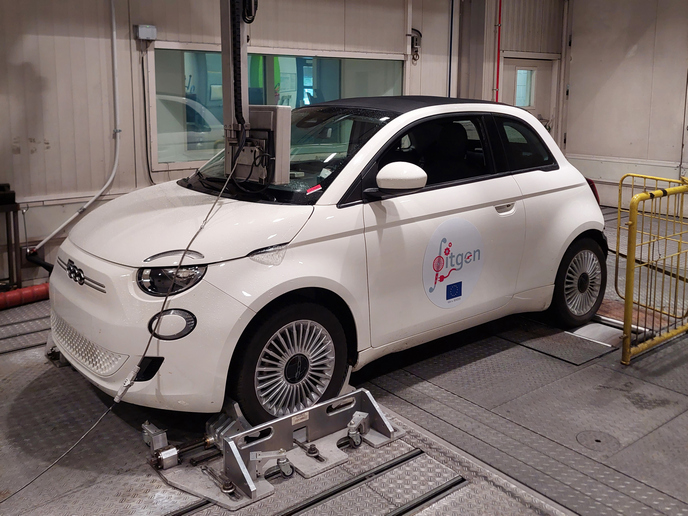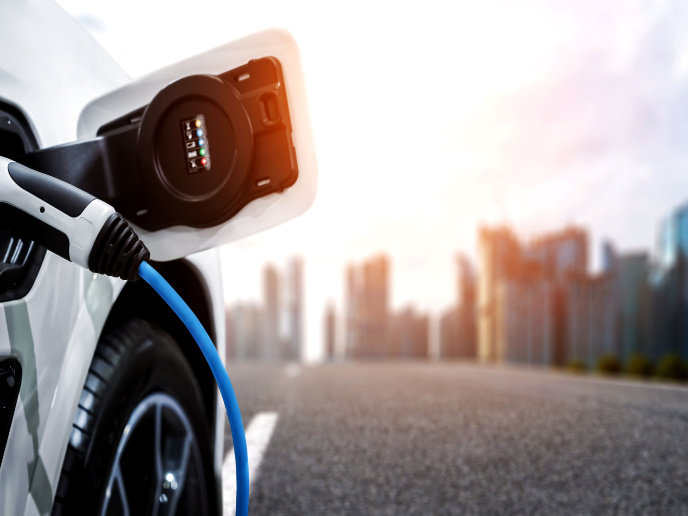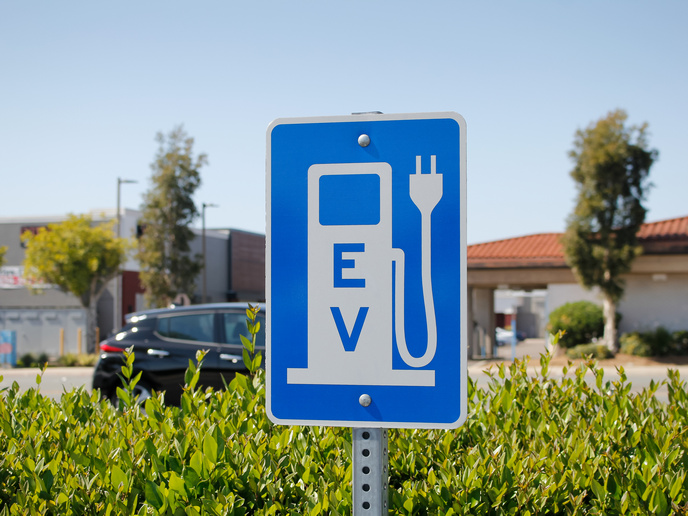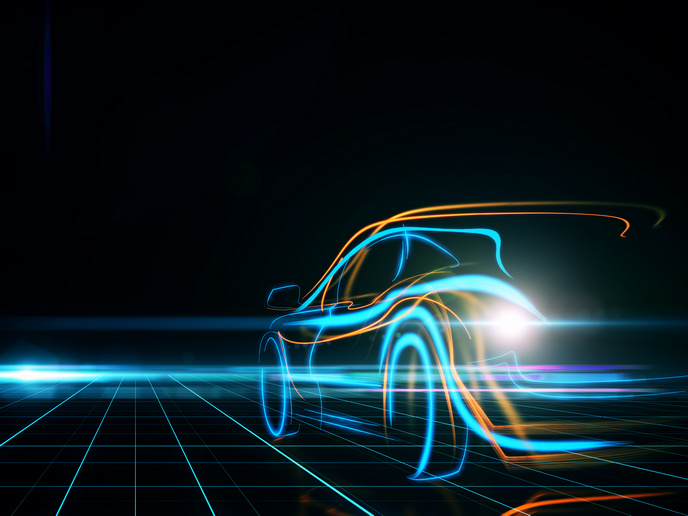Novel e-axle for third-generation electric vehicles coming to European market
The EU has set key targets to reduce CO2 emissions from cars by 55 % and vans by 50 % by 2030. An increase in the uptake of electric vehicles (EVs) is crucial for achieving these goals. However, several challenges present. These include the development of new components, systems and architectures for the next generation of EVs that will meet end users’ expectations in terms of cost, convenience of long-range travel and comfort. To address the above, the EU-funded FITGEN project worked to develop a functionally integrated e-axle. “Specifically, we aimed at developing, prototyping and testing several key enabling technologies essential for the delivery of next-generation EVs,” explains Michele De Gennaro, project coordinator. These components are a new, high-speed permanent magnet e-motor, a new inverter designed with the latest generation of silicon-carbide power switches for high efficiency, and a new transmission fit for the high-speed motor. “The components have been designed to be physically and functionally integrated, sharing a common cooling circuit, and embedded in a novel failure-resilient 6-phase power architecture that makes use of an on-board DC/DC converter for flexible 400/800 V operation and for enabling super-fast charge on the vehicle,” outlines De Gennaro.
Developing the functionally integrated e-axle
FITGEN results really make the e-axle a next-gen product. For one, it exceeded the initially set target of 18 000 rpm for motor speed by demonstrating 23 000 rpm of maximum rotational speed and sustaining 27 600 rpm in the overspeed test. “The achieved maximum rpm is 28 % better than the best-in-class market-available technology in the year 2022 and it does allow for overcoming the gravimetric power index mark of 6 kW/kg,” highlights De Gennaro. The latter is one third better than 2022 state-of-the-art technology (SotA). “These performances have been achieved by using only 1.35 kg of NdFeB magnets, i.e. – 40 % compared to the SotA, hence materialising a key cut in rare resources and costs,” adds De Gennaro. Furthermore, the inverter achieved the volumetric power index of 35 kW/l, doubling the SotA, and peak efficiency at 99 %. “Apart from these component-specific results, FITGEN achieved its best performance when integrated; the e-axle was mounted in a FIAT 500e and demonstrated a distance-specific energy consumption of 135 Wh/km when operated at 400 V and 123 Wh/km when operated at 800 V, overperforming the reference by 10 to 15 % in terms of energy efficiency,” reports De Gennaro.
Bringing FITGEN technologies to market
The project expects that the technologies developed in FITGEN will land in the market between 2025 and 2030. These will comprise both stand-alone parts and components embedded in other products or as an integrated product. “In the long term, I envision FITGEN to be an enabler for the automotive industry as a whole,” highlights De Gennaro. As for next steps, De Gennaro concludes: “There is a lot to do now, and we see FITGEN just as a starting point. From the consortium perspective, there are indications that the FITGEN e-motor might soon become a product, as well as that the FITGEN demonstrator, integrating a 6-phase e-axle, will be used as a platform for developing failure-resilient e-drive control algorithm, encompassing autonomous driving logic.” Project work and outcomes extend beyond EV development and market impact. A major aeronautics original equipment manufacturer has expressed an interest in the FITGEN portfolio of technologies for its general aviation aircraft line.
Keywords
FITGEN, e-axle, electric vehicles, EVs, e-motor, inverter, CO2 emissions







